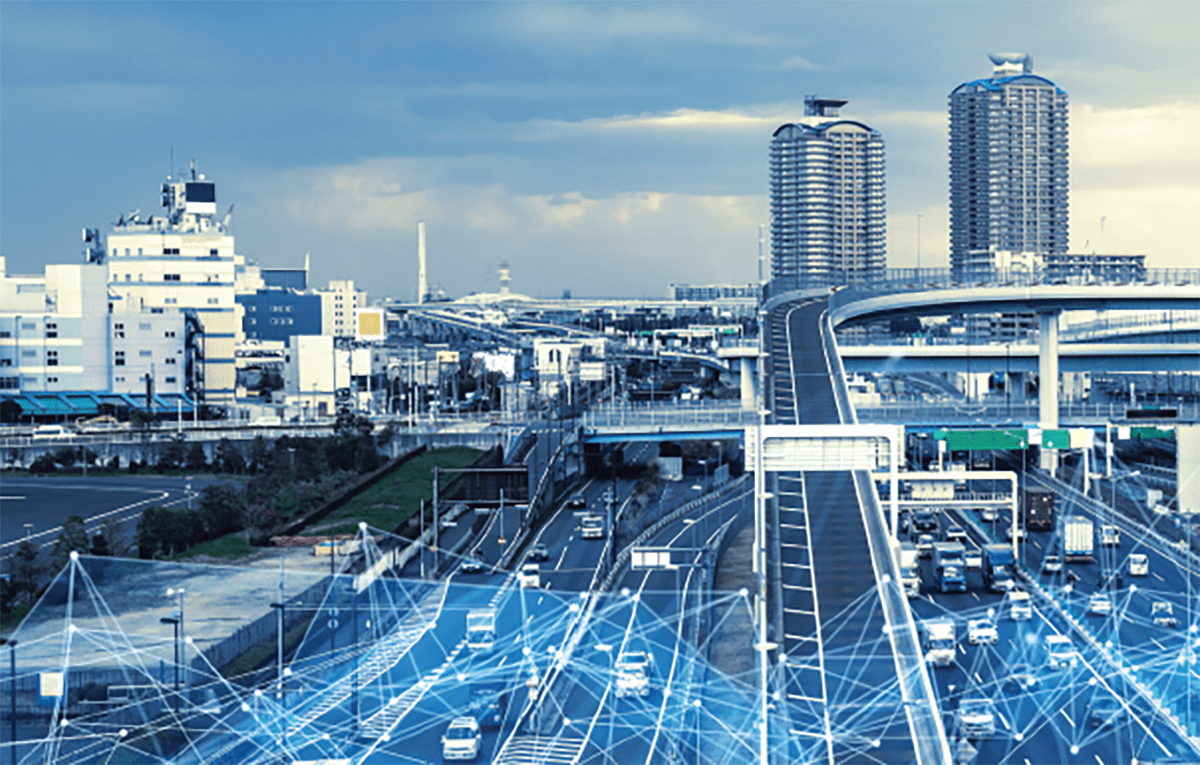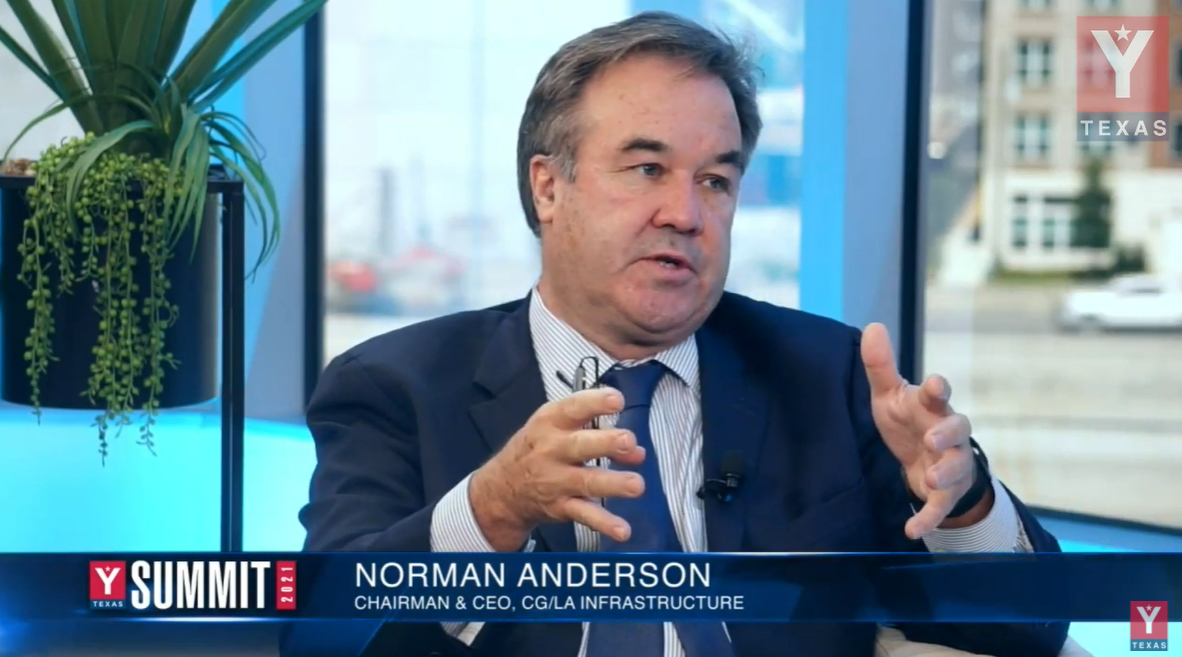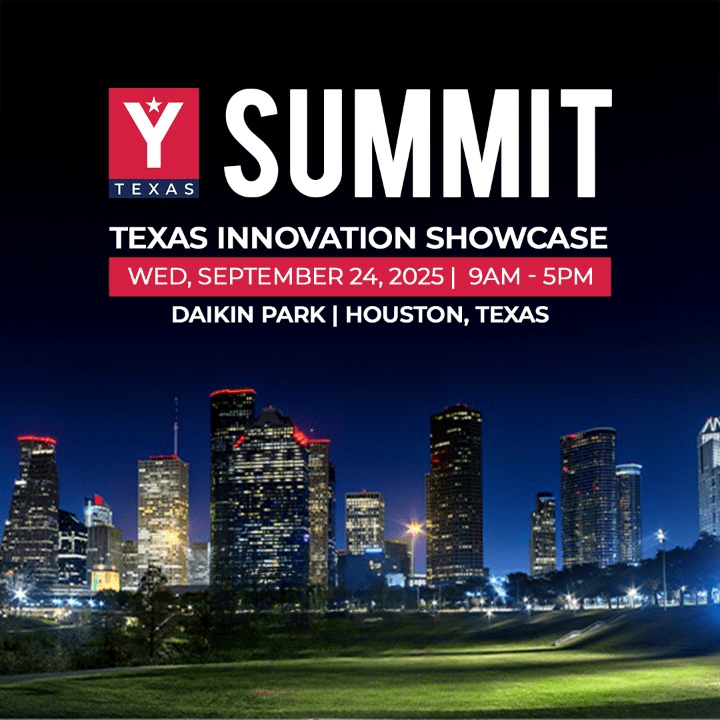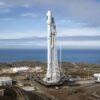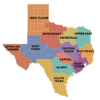By Ed Curtis, CEO, YTexas
Authored: September 23, 2021
Published: December 2, 2021 (Texas CEO Magazine/YTexas)

Norman Anderson
”WE NEED TO “PUT A LITTLE MORE TEXAS ATTITUDE IN WASHINGTON. YOU GUYS GET THINGS DONE, AND YOU DON’T WAIT FOR PERMISSION.”
It’s been 260 years since the Industrial Revolution first transformed the world. And according to some, in 2021, we’re now on the Fourth Industrial Revolution—a.k.a. Industry 4.0.
First, beginning in 1760, we jumped from manual production to machine-driven production, the First Industrial Revolution. By the end of the 19th century, we were well into the Second Industrial Revolution, marked by growing use of railroads, the telegraph, and electricity. The third iteration began in the postwar period as we saw digital technology explode, ultimately leading to the proliferation of computers, smartphones, and more.
Which takes us to today’s Fourth Industrial Revolution. Industry 4.0 is now bringing widespread automation of traditional manufacturing processes. Technologies like AI, machine learning, 5G, and the Internet of Things are reshaping the very infrastructures of countries.
If you ask Norman Anderson, the DC-based global infrastructure guru, about how the US measures up in these Industry 4.0 advances, he’ll tell you that we’re falling behind.
“We are a great country, but we are stuck,” he writes in his latest book, Vision: Our Strategic Infrastructure Roadmap Forward. “Nowhere are we more stuck than in infrastructure investment—that strategic mode by which a modern country projects and creates the future.”
For Anderson, what we’re really talking about when we talk about Industry 4.0 is “the digitization and electrification of our infrastructure,” he told me in a recent discussion. It’s something the United States has been slow on: “It used to be that you could start and finish a public works project within a congressional term. Now there’s zero chance of even getting approval in a congressional term.”
If it takes 8.5 years to approve a highway, it could be 2030 before such projects are greenlit. That frustrates Anderson. By then, for example, highways in faster-moving countries will have become complex digital ecosystems—supporting autonomous vehicles, providing broadband access to surrounding areas, using sensors to gather logistics and supply-chain information, and much more. Meanwhile, we’ll just be breaking ground.
If we got started faster, Anderson believes that we could build full digital ecosystems around such highway projects, stretching up to 100 kilometers on both sides. We would not only bring jobs back to the US; we’d also be innovating advanced transportation, logistics, and agricultural solutions.
That’s just one example of how the US thinks about infrastructure wrong, according to Anderson. “We’re not spending enough time on it. We’re not bringing enough private investment into it. We’re not allowing the kind of innovation that’s necessary to move a lot faster. And we’ve got to move faster if we want to once again lead the world on infrastructure.”
For many, mentions of infrastructure conjure images of uncontrolled government spending and deepening of national debt, currently at nearly $30 trillion. But advocates like Anderson point to the possibility of increased private investment in infrastructure as well. He estimates that about half the money he’d like to see appropriated toward Industry 4.0 infrastructure upgrades could come from the private sector.
“By my conservative calculation,” Anderson recently wrote in Forbes, “we could easily add $1 trillion—or more—of disciplined capital to long-term infrastructure investment by bringing institutional investors into high-priority projects.”1
A LITTLE MORE TEXAS ATTITUDE
Could Texas claim a key role in leading Industry 4.0?
Anderson thinks so, saying, “I’ve been traveling all over the US, and everywhere I go, there’s hesitation on infrastructure, except in Texas. It’s amazing the initiatives that you guys are putting forward. Everybody’s talking about repurposing natural gas pipelines using hydrogen ports, leading the energy transition, and more. That story needs to be shared to drive momentum all over the US”—including inspiring more young people to become leaders in engineering and infrastructure.
Such momentum could help the US catch up on the world stage, where we’re currently being outpaced. For example, China plans to invest massively in infrastructure across 70 countries through its Belt and Road Initiative, a sort of 21st-century Silk Road. It’s also building hundreds of power plants in Brazil, and Chinese firms own both ends of the Panama Canal.
Leaders like Norman Anderson are emblematic of many others intent on bringing the Fourth Industrial Revolution to the United States—with the heavy involvement of Texas.
“Infrastructure has always been a secondary thing to lots of Americans,” says Anderson. “It’s cement. It’s steel. It’s dumb. But it’s also the backbone for our productivity and mobility. And it’s going to get a lot smarter very fast, if we make it a priority.”
Ultimately, YTexas wants to help lead the Industry 4.0 movement. In coming months, we’ll be putting together a coalition of business owners, executives, and other leaders to work on the future of Texas infrastructure. If you’d like to take part, email us at: info@ytexas.com.
1 Norman Anderson, “The Infrastructure Bill & Pension Funds—A $3 Trillion Action Item,” Forbes.com, June 21, 2021.


